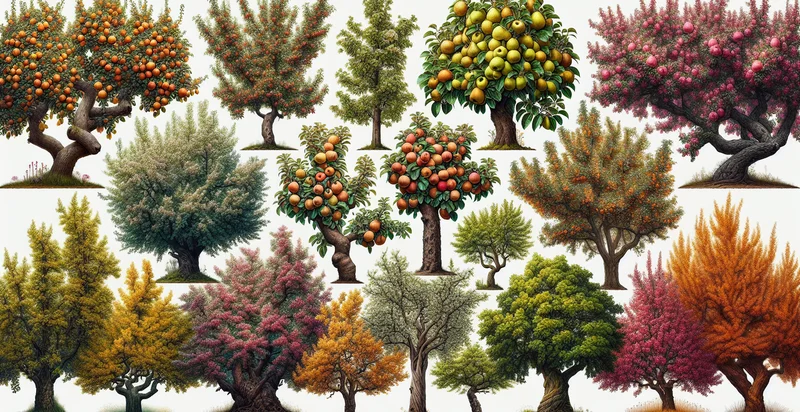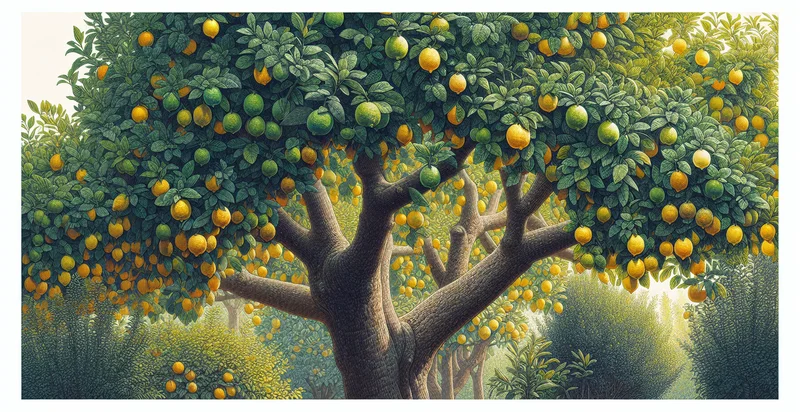Identify pear tree species
using AI
Below is a free classifier to identify pear tree species. Just upload your image, and our AI will predict the species of pear tree it is - in just seconds.

Contact us for API access
Or, use Nyckel to build highly-accurate custom classifiers in just minutes. No PhD required.
Get started
import nyckel
credentials = nyckel.Credentials("YOUR_CLIENT_ID", "YOUR_CLIENT_SECRET")
nyckel.invoke("pear-tree-species", "your_image_url", credentials)
fetch('https://www.nyckel.com/v1/functions/pear-tree-species/invoke', {
method: 'POST',
headers: {
'Authorization': 'Bearer ' + 'YOUR_BEARER_TOKEN',
'Content-Type': 'application/json',
},
body: JSON.stringify(
{"data": "your_image_url"}
)
})
.then(response => response.json())
.then(data => console.log(data));
curl -X POST \
-H "Content-Type: application/json" \
-H "Authorization: Bearer YOUR_BEARER_TOKEN" \
-d '{"data": "your_image_url"}' \
https://www.nyckel.com/v1/functions/pear-tree-species/invoke
How this classifier works
To start, upload your image. Our AI tool will then predict the species of pear tree it is.
This pretrained image model uses a Nyckel-created dataset and has 22 labels, including Abate Fetel, Anjou, Asian Pear, Bartlett, Bosc, Carmen, Comice, Conference, Doyenne Du Comice and Elmtree.
We'll also show a confidence score (the higher the number, the more confident the AI model is around the species of pear tree it is).
Whether you're just curious or building pear tree species detection into your application, we hope our classifier proves helpful.
Related Classifiers
Need to identify pear tree species at scale?
Get API or Zapier access to this classifier for free. It's perfect for:
- Agricultural Research: Researchers can utilize the 'pear tree species' identifier to categorize and study different pear tree species in various environments. This information can aid in understanding their growth patterns and resilience, leading to enhanced agricultural practices.
- Nursery Stock Management: Nursery businesses can employ the function to identify and manage their pear tree inventory more effectively. By accurately classifying species, nurseries can ensure proper care and optimize sales strategies for different pear varieties.
- Conservation Efforts: Conservation organizations can use the identifier to monitor and protect rare or endangered pear tree species. By cataloging these species in specific regions, efforts can be focused on preserving biodiversity.
- Educational Tools: Botanical gardens and educational institutions can integrate the function into their interactive learning tools. This application allows students and visitors to explore and learn about different species through an engaging digital experience.
- Plant Disease Management: Agricultural extension services can leverage the identifier to assist farmers in diagnosing pear tree diseases. By knowing the specific species affected, they can provide tailored advice on treatment and prevention strategies.
- Supply Chain Optimization: Grocery stores and distributors can use the species identifier to streamline their supply chain for pear products. Accurate classification helps in sourcing the right varieties and managing inventory based on seasonal availability.
- Home Garden Solutions: Gardening apps can incorporate the function to help amateur gardeners identify and choose the right pear tree species for their specific climate and soil conditions. This guidance encourages successful growth and fruit production, enhancing customer satisfaction.


